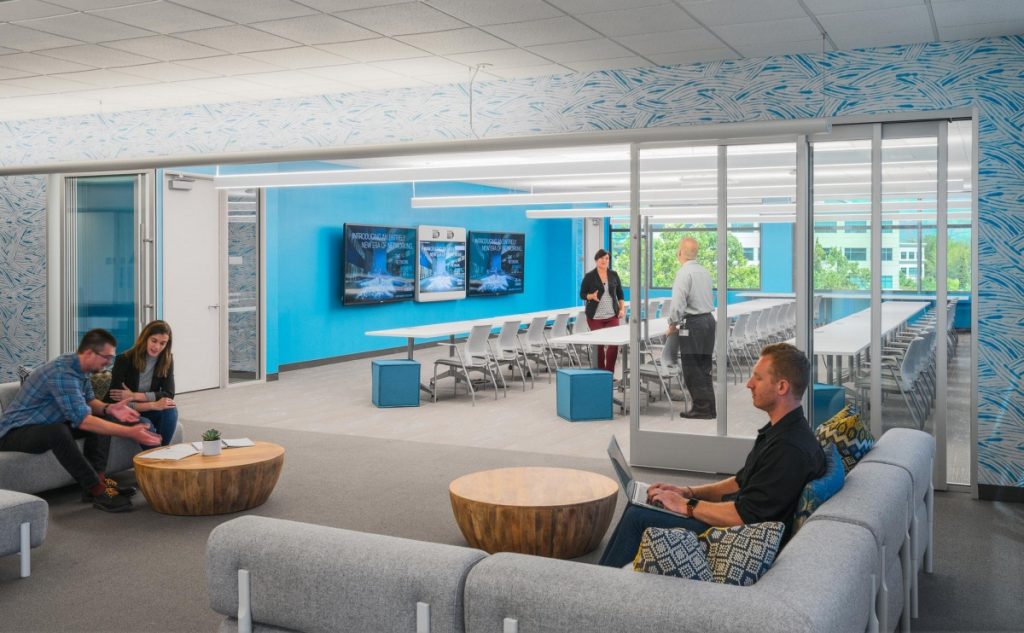In today’s rapidly changing world, the focus on green construction best practices has never been more critical. Both homeowners and real estate developers are increasingly seeking ways to integrate sustainability into their projects. By adhering to these principles, we not only support the environment but also create healthier living spaces. In this article, we’ll explore some of the best practices in green construction that you can implement.

What Is Green Construction?
Green construction refers to the process of creating structures that are environmentally responsible and resource-efficient. This includes everything from the initial design and construction to the maintenance and even demolition of buildings.
The Importance of Green Construction
Choosing green construction methods can significantly reduce the carbon footprint of a building, making it a valuable strategy in the fight against climate change. According to the US Green Building Council, buildings consume about 40% of the world’s energy. By adopting green building techniques, we can reduce energy consumption, decrease waste, and improve air and water quality.
Key Green Construction Techniques
1. Sustainable Site Selection
The selection of a building site plays a critical role in reducing environmental impact. Choosing an area that’s already urbanized or reusing existing structures reduces the need for new infrastructure development.
2. Energy Efficiency
Integrating energy-efficient systems, such as improved insulation, high-efficiency HVAC systems, and LED lighting, can significantly reduce energy consumption.
3. Water Conservation
Implementing water conservation techniques, such as low-flow fixtures and rainwater harvesting systems, helps in reducing water usage.
Challenges in Implementing Green Construction
Despite its benefits, green construction also presents certain challenges, such as higher upfront costs, lack of awareness, and resistance to change. However, the long-term savings and environmental benefits outweigh these challenges.
Higher Initial Costs
Though initially more expensive, the investment in green technology leads to significant savings in the long run through reduced operation costs.
Lack of Awareness
Educating the public and stakeholders about the benefits of green building methods is crucial. Organizations can host workshops and awareness campaigns to address this gap.
Successful Examples of Green Construction
1. The Edge Building
Located in Amsterdam, The Edge is one of the most sustainable office buildings in the world, using a combination of solar energy, thermal energy storage, and smart technology.
2. Bosco Verticale
Situated in Milan, this residential building incorporates a vertical forest, providing a habitat for wildlife and reducing pollution.
Advantages of Green Construction
Embracing sustainable construction methods offers numerous advantages, from mitigating climate change to enhancing occupant health.
Environmental Benefits
Reducing carbon emissions, promoting biodiversity, and conserving natural resources are among the notable environmental benefits of green construction.
Economic Benefits
Green buildings generally have longer lifespans, reduced energy and water costs, and higher property value.
Social Benefits
By providing improved indoor air quality, natural light, and more comfortable living spaces, green buildings contribute to better health and productivity.
Making Green Construction More Accessible
To widen the adoption of environmentally responsible building practices, it is crucial to simplify the implementation and share knowledge across communities.
Government Incentives
Government policies and incentives can play a significant role in promoting green building projects. For example, offering tax rebates for energy-efficient home renovations.
Community Engagement
Local communities can be actively involved through workshops and public meetings to learn about the benefits and methods of green construction.
Innovative Technologies in Green Construction
1. Smart Building Technologies
Smart technology integrates systems within a building to optimize energy and water use.
2. Recycled Building Materials
Using recycled materials can help minimize environmental impact by reducing the need for new raw materials.
Learn More About Green Construction
3. Green Roofs and Walls
Green roofs and walls provide insulation, reduce heat islands, and support biodiversity.
Conclusion
As the demand for sustainable living increases, so does the importance of adopting green construction best practices. These practices not only preserve the environment but also offer incredible benefits for individuals and communities alike.

Frequently Asked Questions
What are the costs associated with green construction?
While initial costs may be higher, green construction offers long-term savings through lower energy costs. Learn more about residential renovations and their costs here.
How does green construction benefit the environment?
Green construction reduces carbon emissions, saves energy and water, and encourages biodiversity.
Can existing buildings be renovated to become green?
Yes, existing structures can undergo eco-friendly renovations to improve their sustainability. For example, installing energy-efficient lighting or using recycled materials.
This article contains affiliate links. We may earn a commission at no extra cost to you.




